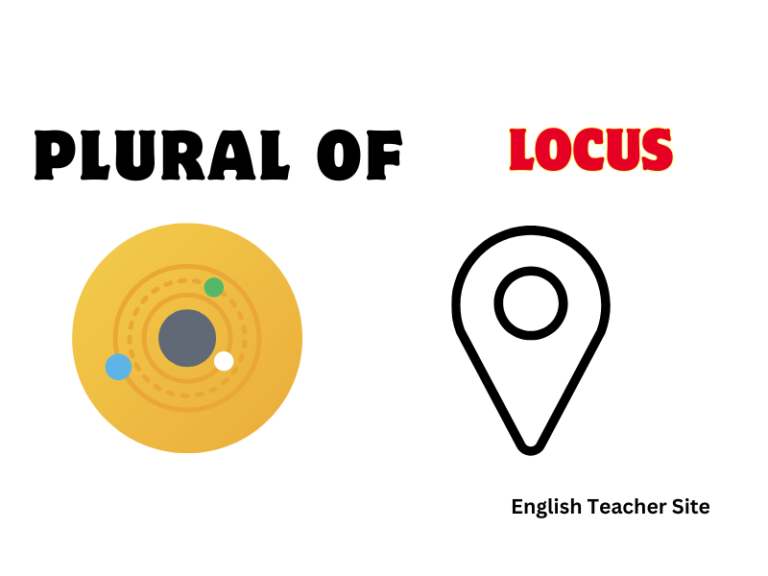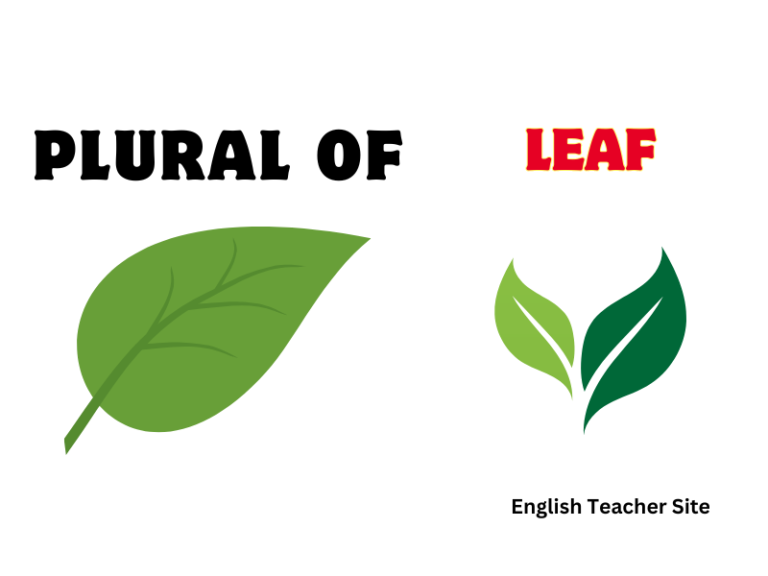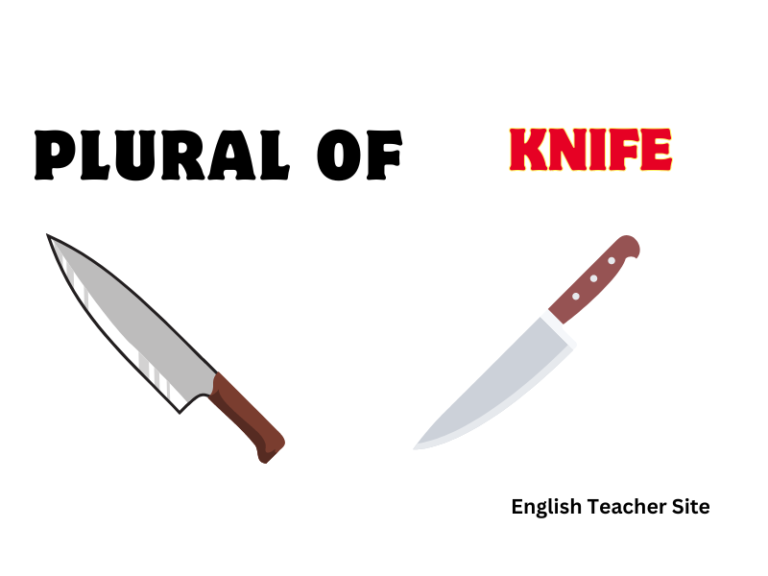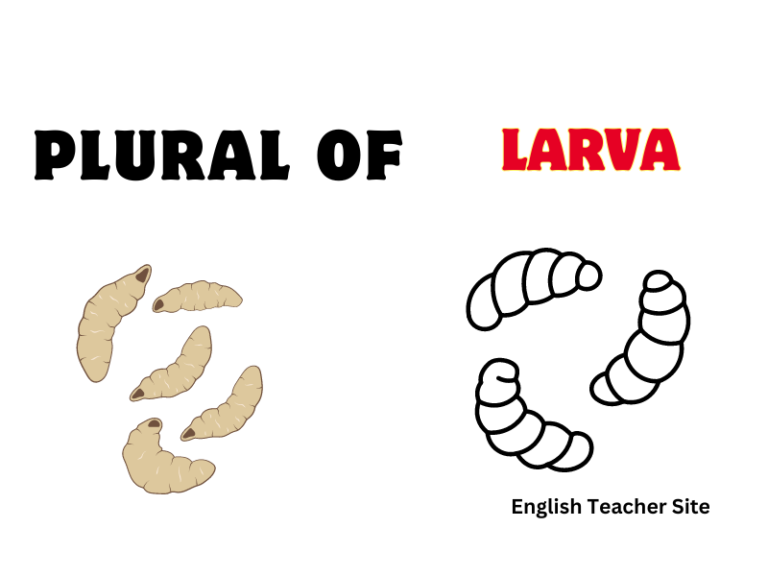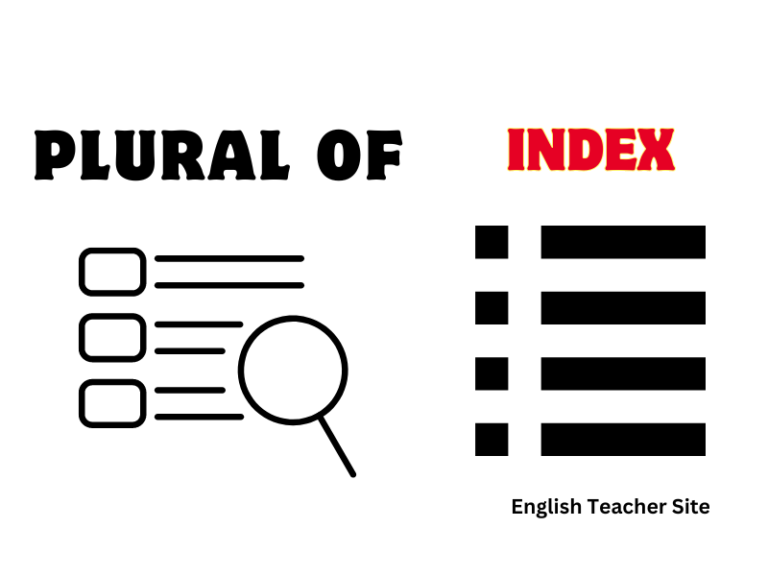What’s the Plural of Man: Understanding Singular and Plural Nouns
The plural of “man” is “men,” which is not formed by the standard addition of -s or -es as is typical in English. Instead, “man” undergoes what is known as an i-mutation or i-umlaut, which is a holdover from Old English. This linguistic change illustrates the richness and complexity of language evolution. When one sees…



